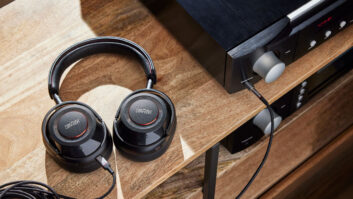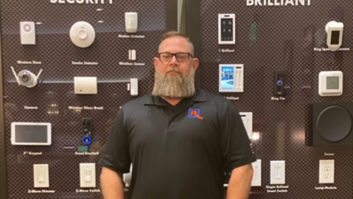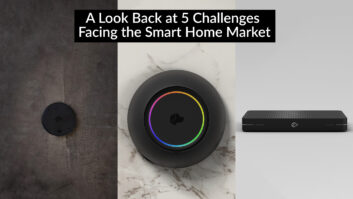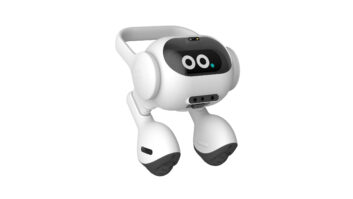The smart home industry was on a roll coming into Q1 and the COVID-19 pandemic. By the end of 2019, “green field” buyers boosted smart home device-owning households to almost 30 percent; the installed base of homes with security systems increased to 33 percent; and home control system ownership enjoyed a 38 percent year-over-year increase to 18 percent of U.S. broadband households.
Now, with the uncertainty of an intertwined public health and economic crisis, the market outlook for the smart home industry is characterized by the same uncertainty. In a survey that closed the first week of April 2020, Parks Associates found that three out of four consumers say they are “cost conscious” as a result of COVID-19. Job loss, furloughs, and paycheck reductions will challenge consumer purchasing. On the other hand, some devices and services are benefitting from the tailwinds of consumer concern for health and safety, increased time at home, and commensurate desires for comfort, convenience, and time for upgrade projects. As of mid-April, no significant attrition was yet reported by service providers, though new installations were challenged by shelter-in-place ordinances and adaptations to “touchless” installations.
If the most optimistic projections for flattening the virus infection curve and reopening the economy come to pass, the pent-up demand for smart home products and services may well pick up where it left off by late summer, and even accelerate with new-found appreciation for connected home technologies.
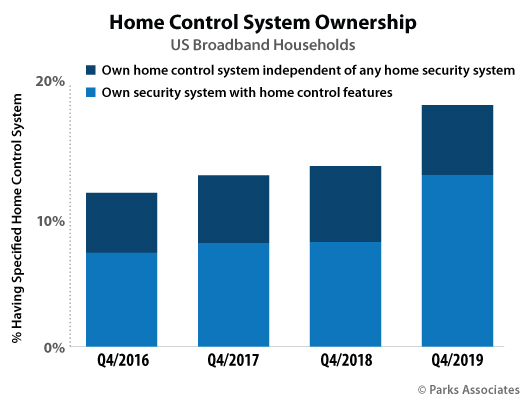
Connected Home Devices
In 2019, the industry saw the largest YOY increase in households owning a smart device since 2017. Still, a limited number of product categories are driving growth in smart home adoption. Familiarity with devices is increasing though value perceptions are not, pointing to a post COVID-19 need for providers to develop more compelling value propositions. Parks Associates research found that 29 percent of broadband households own a listed smart home device, up from 24 percent in 2018, a 21 percent YOY increase.
Nearly one-fifth of broadband households now have a home control system of some kind. The home security channel continues to provide a promising means of driving smart home device adoption through a unified experience. Standalone systems struggle to capture consumer attention outside of a few brands on the DIY and premium ends of the spectrum.
Roughly one-half of households with a home control system purchased their system with their first smart home device. Households do not usually purchase a smart home system “on the back end” after acquiring multiple smart home devices. They either acquire their system with their first smart home device or in-between the purchase of their first and second smart home devices. The adoption path for home control systems to date appears to begin with the home control system rather than culminate with the system that is installed after multiple devices have been acquired. Migrating consumers from multiple devices to a system may be challenging. This could change as more households with smart home experience eventually move to new homes and “restart” their desired smart home experience.
The adoption of smart speakers or displays provides a potential adoption path for other smart home devices that can be controlled through a smart speaker. Smart speaker/display adoption has rapidly increased since 2017, surging from 15 percent at YE 2017 to 41 percent at YE 2019. The purchase of a smart speaker often precedes and influences the purchase of a smart home device. Smart speakers have the potential to be a gateway to other smart home devices if strong use cases are presented to the consumer. Bundles of smart speakers with smart plugs, smart light bulbs, or smart thermostats have been used to introduce the smart home experience.
Whether a return to normal is farther off, or unfolds in fits and starts, the smart home industry is challenged to adapt. Direct-to-consumer sales and support for self-installation has never been more important. The self-installation trend enables direct-to-consumer online sales for retailers and service providers alike without the cost or challenges of a COVID-19 service call. Service providers can still deliver installation support through do-it-with-me or do-it-together services that utilize real-time chat and video support. Addressing the needs of cost-conscious consumers, whatever their income, is critical to delivering winning value propositions dressed in affordability.
Brad Russell is research director for Parks Associates.
To read Parks Associates’ full report, Smart Home Buyer Journey and User Experience, visit https://www.parksassociates.com/marketfocus/smart-home-journey.
